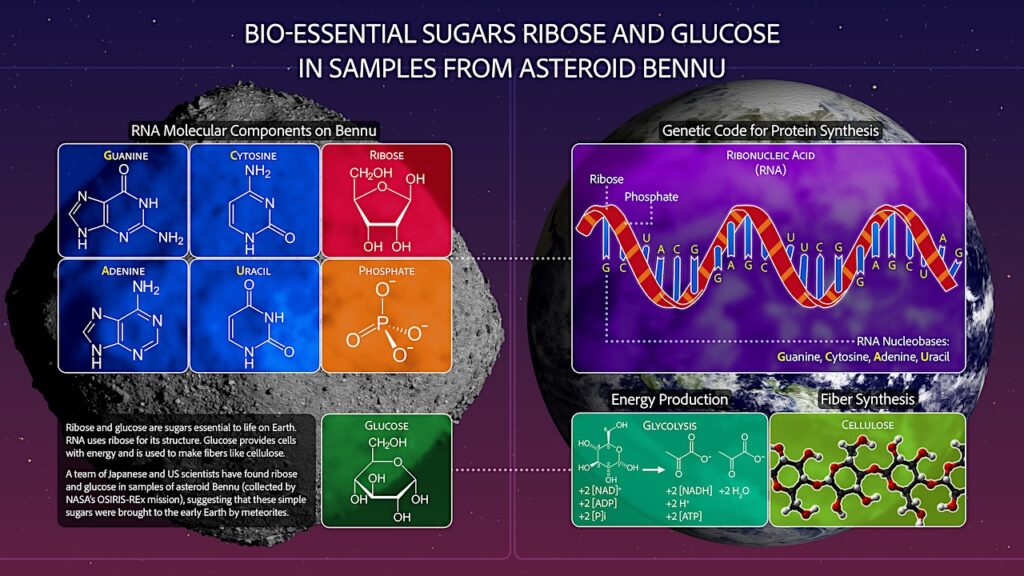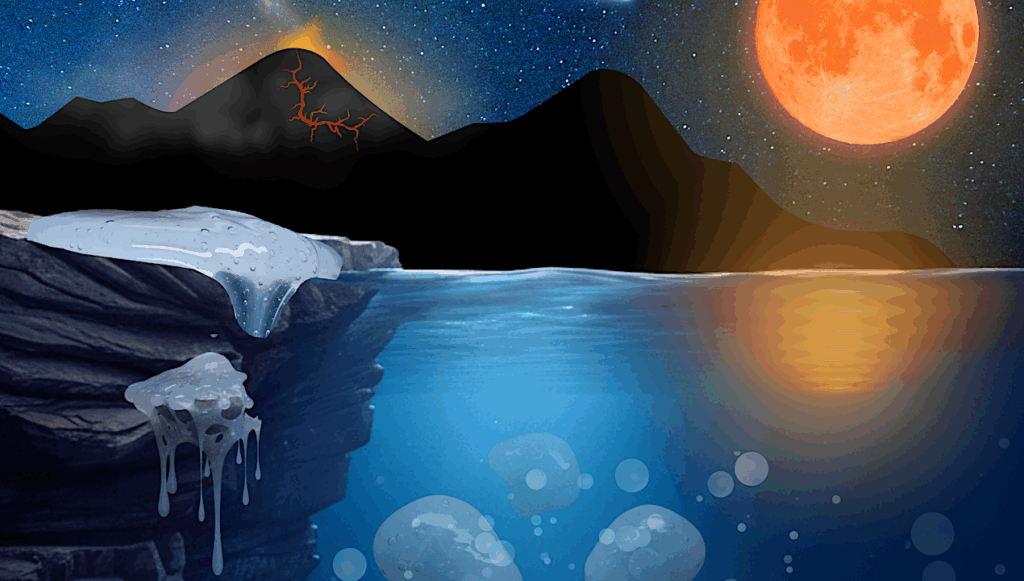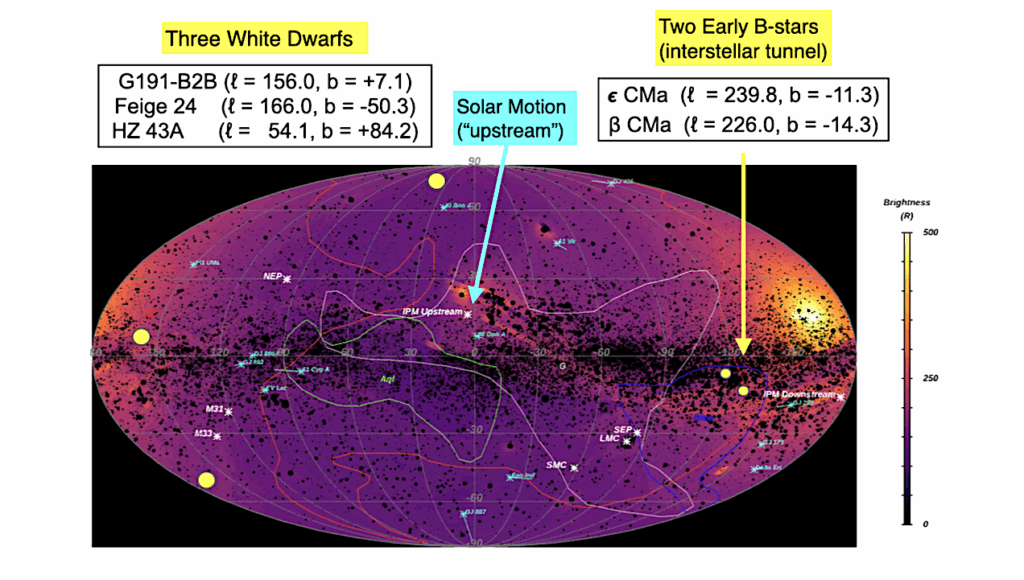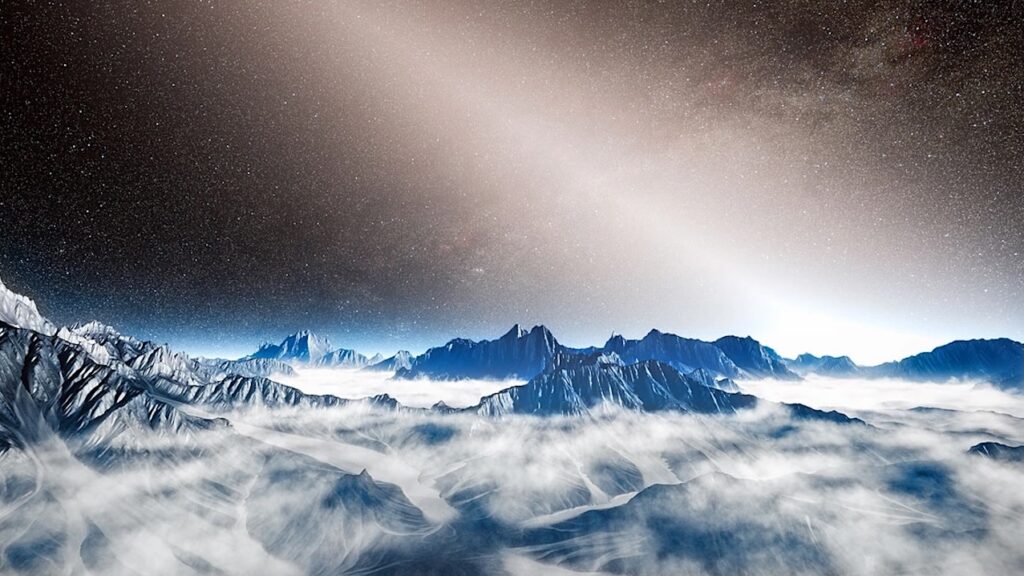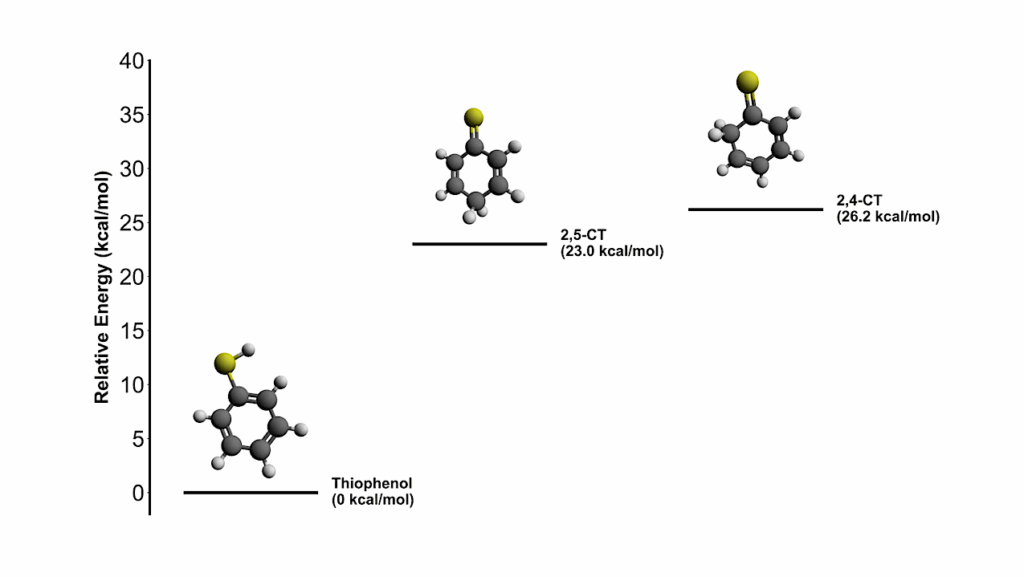The ANTARESS workflow I. Optimal Extraction Of Spatially Resolved Stellar Spectra With High-resolution Transit Spectroscopy

High-resolution spectrographs open a detailed window onto the atmospheres of stars and planets. As the number of systems observed with different instruments grows, it is crucial to develop a standard in analyzing spectral time series of exoplanet transits and occultations, for the benefit of reproducibility.
Here, we introduce the ANTARESS workflow, a set of methods aimed at processing high-resolution spectroscopy datasets in a robust way and extracting accurate exoplanetary and stellar spectra. While a fast preliminary analysis can be run on order-merged 1D spectra and cross-correlation functions (CCFs), the workflow was optimally designed for extracted 2D echelle spectra to remain close to the original detector counts, limit the spectral resampling, and propagate the correlated noise.
Input data from multiple instruments and epochs were corrected for relevant environmental and instrumental effects, processed homogeneously, and analyzed independently or jointly. In this first paper, we show how planet-occulted stellar spectra extracted along the transit chord and cleaned from planetary contamination provide a direct comparison with theoretical stellar models and enable a spectral and spatial mapping of the photosphere.
We illustrate this application of the workflow to archival ESPRESSO data, using the Rossiter-McLaughlin effect Revolutions (RMR) technique to confirm the spin-orbit alignment of HD 209458 b and unveil biases in WASP-76 b’s published orbital architecture. Because the workflow is modular and its concepts are general, it can support new methods and be extended to additional spectrographs to find a range of applications beyond the proposed scope.
In a companion paper, we will present how planet-occulted spectra can be processed further to extract and analyze planetary spectra decontaminated from the star, providing clean and direct measurements of atmospheric properties.
V. Bourrier, J.-B. Delisle, C. Lovis, H. M. Cegla, M. Cretignier, R. Allart, K. Al Moulla, S. Tavella, O. Attia, D. Mounzer, V. Vaulato, M. Steiner, T. Vrignaud, S. Mercier, X. Dumusque, D. Ehrenreich, J. V. Seidel, A. Wyttenbach, W. Dethier, F. Pepe
Comments: 30 pages and 30 figures (plus Appendix). Accepted for publication in A&A
Subjects: Earth and Planetary Astrophysics (astro-ph.EP); Instrumentation and Methods for Astrophysics (astro-ph.IM); Solar and Stellar Astrophysics (astro-ph.SR)
Cite as: arXiv:2407.19012 [astro-ph.EP] (or arXiv:2407.19012v1 [astro-ph.EP] for this version)
https://doi.org/10.48550/arXiv.2407.19012
Focus to learn more
Submission history
From: Vincent Bourrier Dr
[v1] Fri, 26 Jul 2024 18:00:07 UTC (16,204 KB)
https://arxiv.org/abs/2407.19012
Astrobiology,


